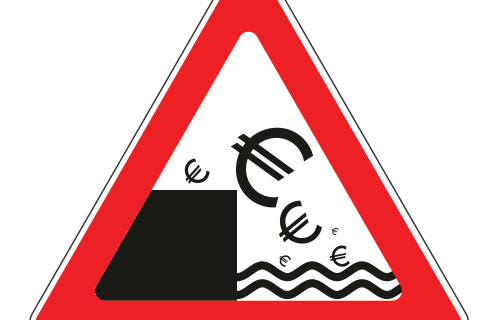The European Securities Markets Authority (ESMA) has avoided creating a “major liquidity issue” by revising the Securities Financing Transaction Regulation’s (SFTR) collateral reporting rules.
The SFTR level two consultation, published on 30 October, revealed that regulators listened to market participants’ concerns relating to the requirement to report on collateral used as part of a securities finance transaction (SFT) on a T+1 basis.
In the second consultation paper from ESMA, the deadline for reporting has now been pushed back to the day after value date.
“Clearly you don’t know what you’re going to use as collateral until the value date of the collateral requirement," explained Ben Challice, COO at Pirum Systems.
“ESMA seems to have listened to the market and now acknowledge that to lock up collateral before moving it would create major liquidity issues in the market,” he explained. “They have now proposed that it can be reported on value date plus one for non-cash trades (pending further consultation).”
ESMA acknowledged that it had learned much since it first began drafting the reporting standards for the European Market Infrastructure Regulation (EMIR), on which SFTR’s own requirements are largely based, and now saw the need for improvements as a result.
“[The authority] understands that with the exception of trades against a collateral basket both counterparties will have agreed the collateral for an SFT at the time the SFT is concluded or at the latest at the end of the day on which the SFT is concluded.”
“For repo trades against a collateral basket, the counterparties would report the collateral allocation as soon as it is known, but at the latest at the end of the value date + 1.”
The first phase of SFTR came into force in January but the final technical standards on reporting are not expected until the start of 2018.
US will feel it too
ESMA also used the second level consultation to reiterate its aims to “ensure a level playing field” for market participants’ access rules and “align reporting standards to the maximum extent possible” across the various EU reporting regimes.
According to ESMA, this required two amendments to EMIR’s technical standards on reporting and detailing the operational standards for data access, comparison and aggregation.
Although SFTR and EMIR are primarily EU-focused, the nature of the reporting requirements will affect global entities that interact with the EU market for securities lending activities.
Fran Garritt, director of securities lending and market risk for the Risk Management Association (RMA), said: “The RMA Securities Lending Committee is monitoring SFTR as many US agent lenders and beneficial owners will be impacted by SFTR reporting rules due to the global nature of the business.”
“Most US agent lenders service European clients, and both US agent lenders and beneficial owners lend both to European counterparties and European securities.”
ESMA has now opened itself up for feedback on this paper until 30 November.
The feedback from this second stage will be used to finalise the draft technical standards, which will be submitted to the European Commission by the end of Q1 2017. The final version of SFTR will then come into force from 2018.
Steven Maijoor, chair of ESMA, reiterated the need for more transparency in securities finance, saying: “Regulating securities financing is important as it will reduce financial stability risks from financial market activities, which so far only faced little to no regulation.”
“The SFTR will provide transparency to regulators and investors on the use of SFTs, and will better allow to identify risks associated with collateral and its reuse.”



